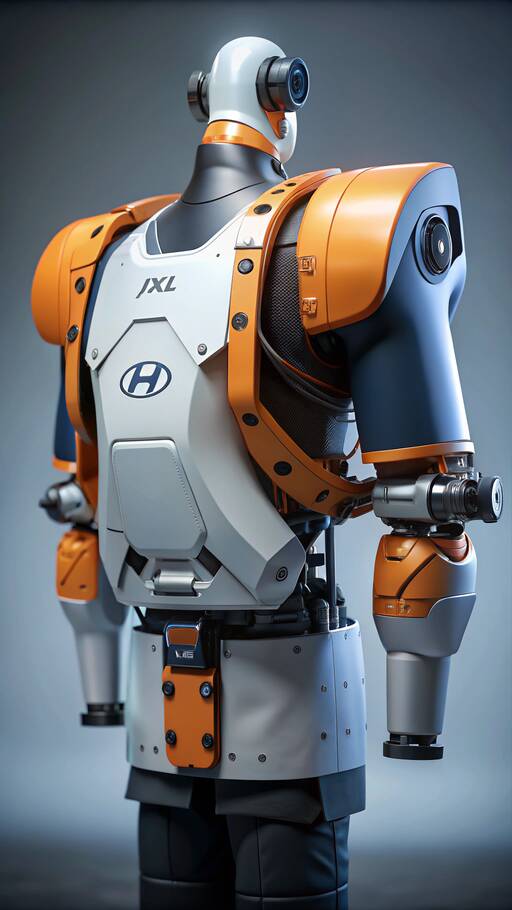Introduction
Hyundai Motor Company is making strides in wearable robotics with the introduction of the X-ble Shoulder, a human exoskeleton. This technology is designed to assist workers in various industries, such as factory work and agriculture, by helping them lift heavy items more easily.
Market Launch
-
Initial Release: The X-ble Shoulder is scheduled to be launched commercially in South Korea by 2025, with plans for a global rollout.
-
Purpose: Mainly intended for industrial use, this exoskeleton can be applied in construction, warehousing, and agriculture. It enhances lifting capabilities and helps reduce workplace injuries.
Technology Overview
-
Material and Design: Made from carbon composite, the device is worn like a vest. It features a multi-link structure that boosts arm strength and reduces shoulder load by up to 60%.
-
Testing and Development: Since 2022, over 300 workers at Hyundai and Kia plants have tested the exoskeleton, enabling refinements through user feedback.
Potential and Limitations
-
Assistance Scope: While it won't give users superhuman abilities, the X-ble Shoulder can decrease muscle strain by up to 30%, making routine lifting tasks easier.
-
Future Prospects: The technology may face competition from humanoid robots, which are also being researched for labor applications.
Conclusion
Hyundai's wearable robot marks a significant step towards integrating robotic technology into everyday work environments. Despite potential challenges in market adoption, innovations like these could significantly enhance labor conditions.
Summary
Hyundai plans to launch the X-ble Shoulder by 2025. This wearable exoskeleton is designed to assist workers by enhancing arm strength and reducing muscle strain. Initially tested on hundreds of workers, this carbon-composite device underscores Hyundai's advancements in the field of robotics.
